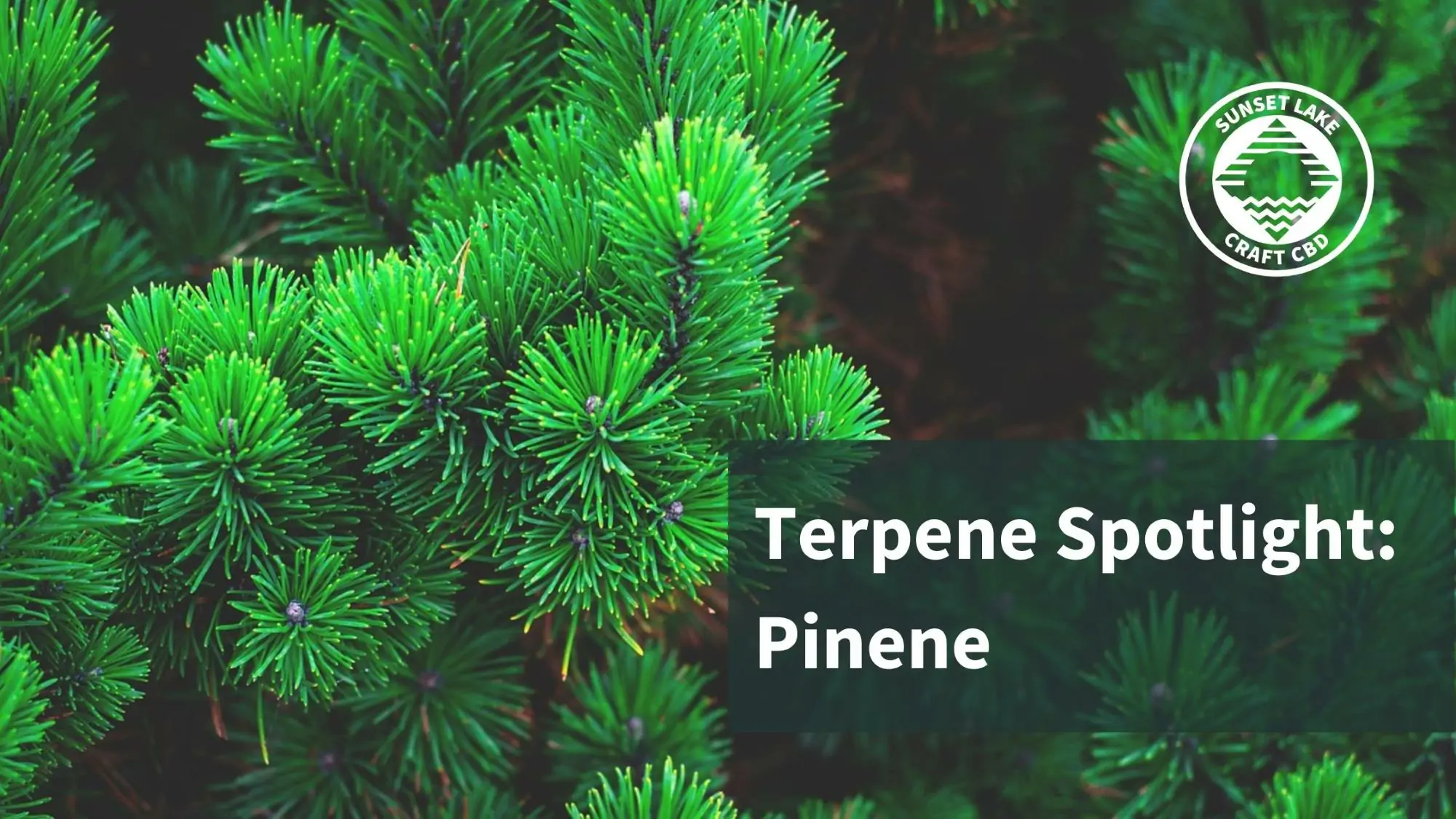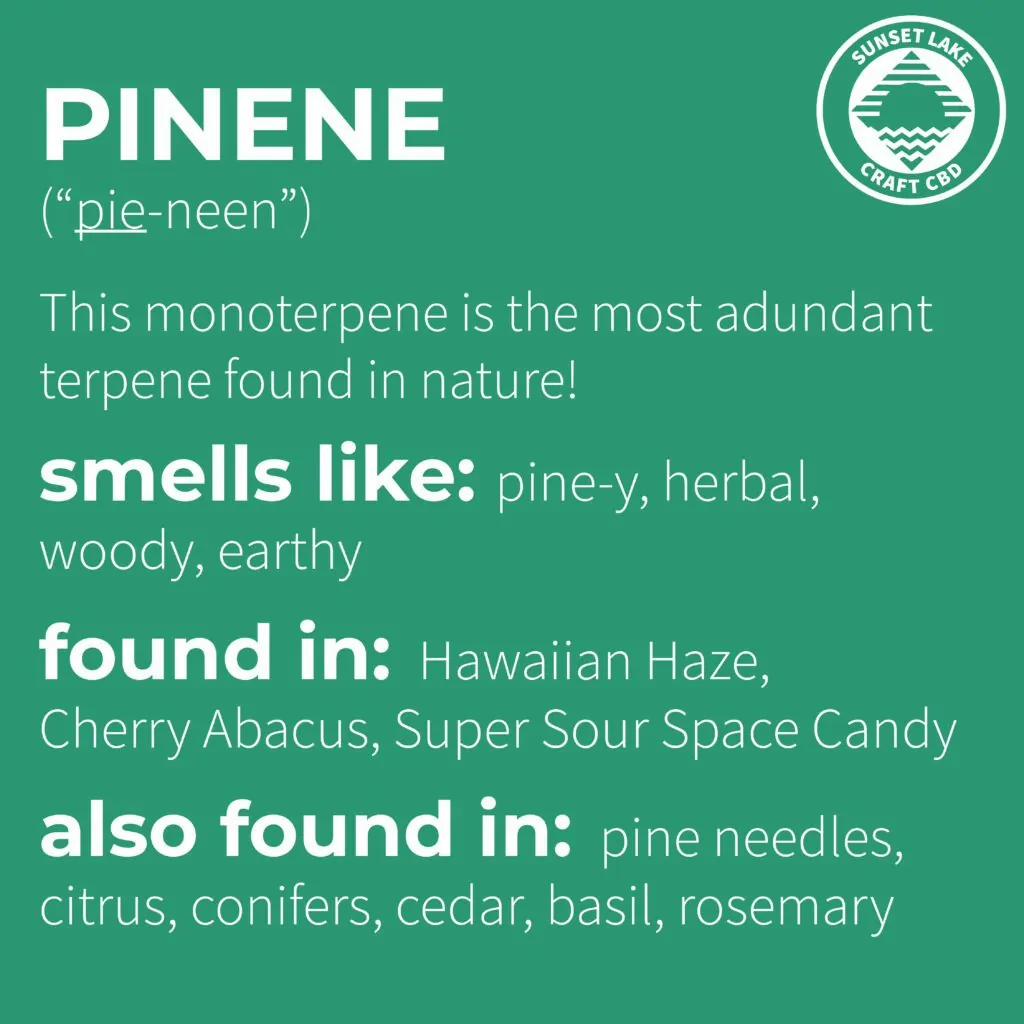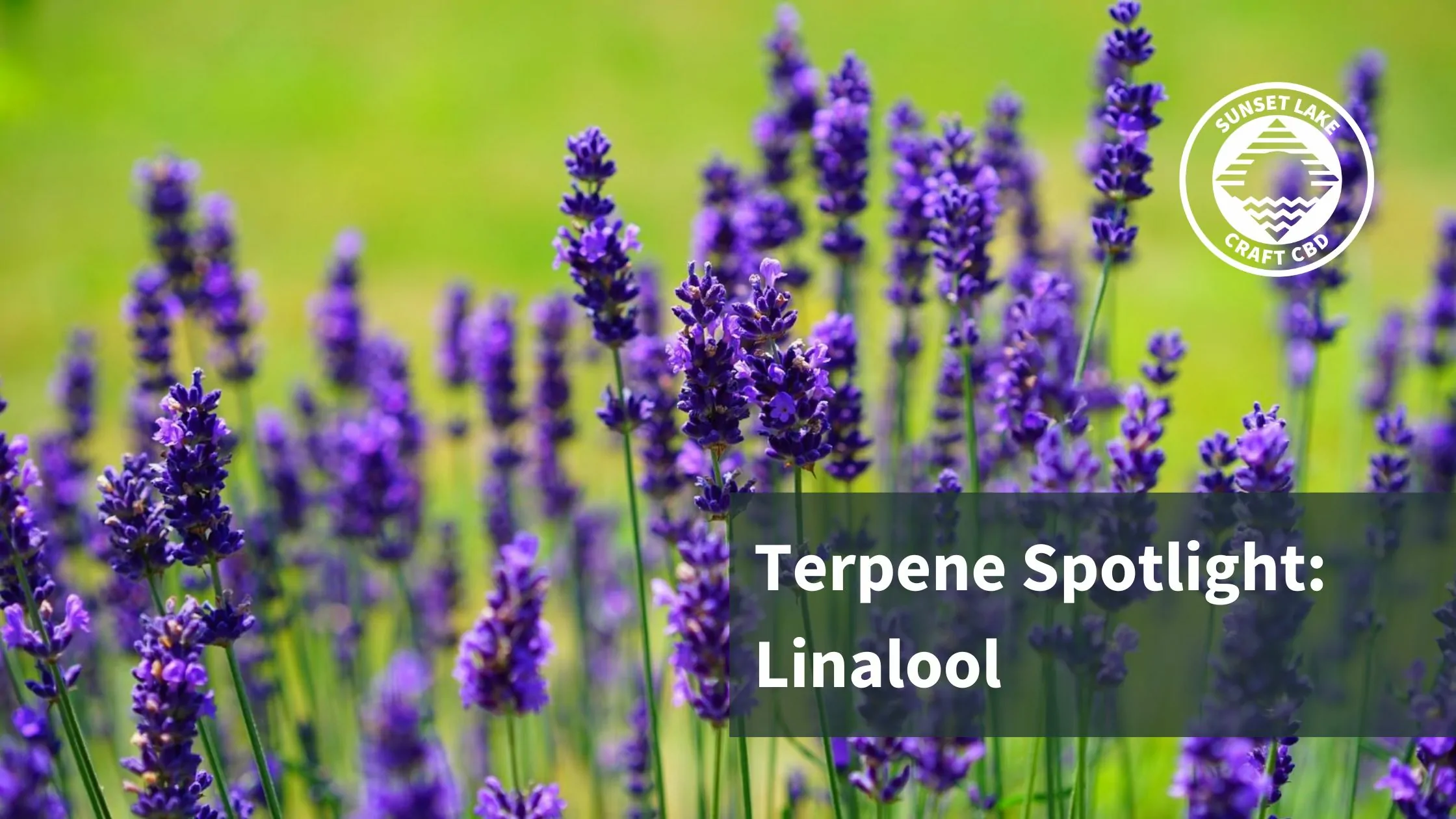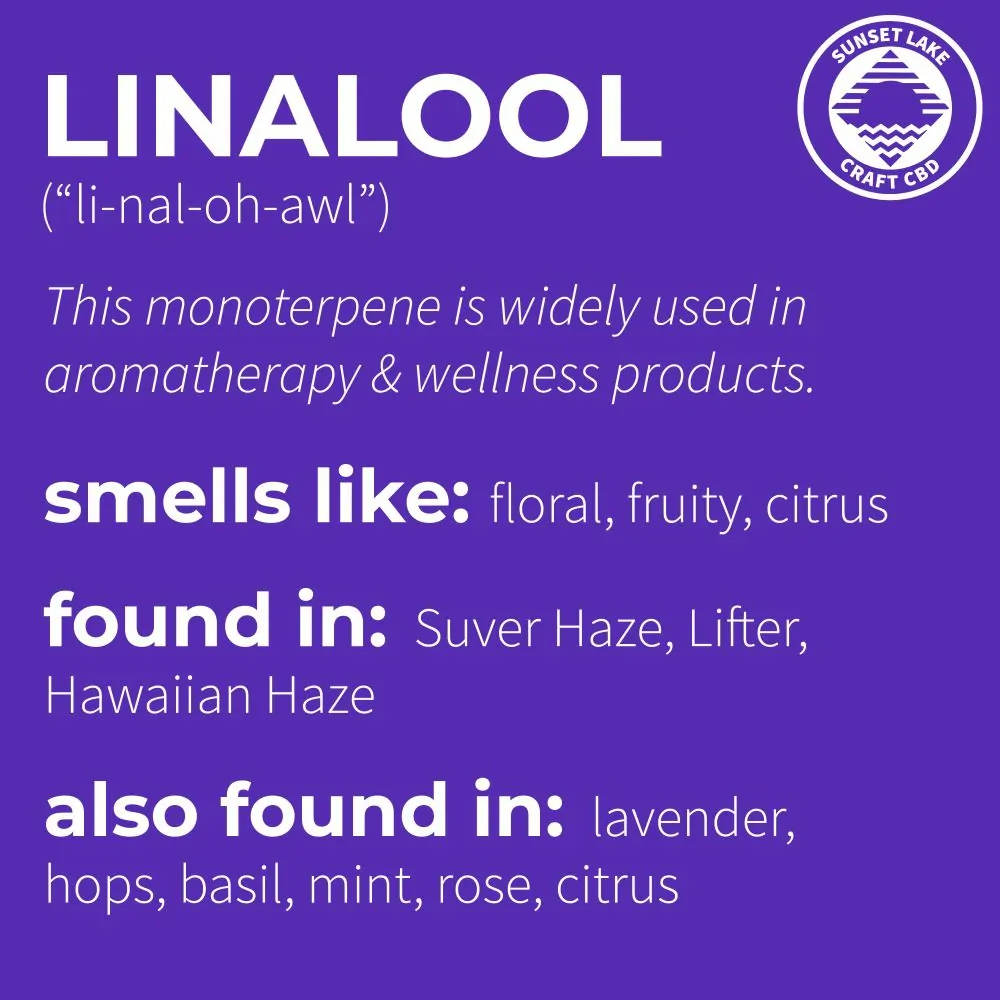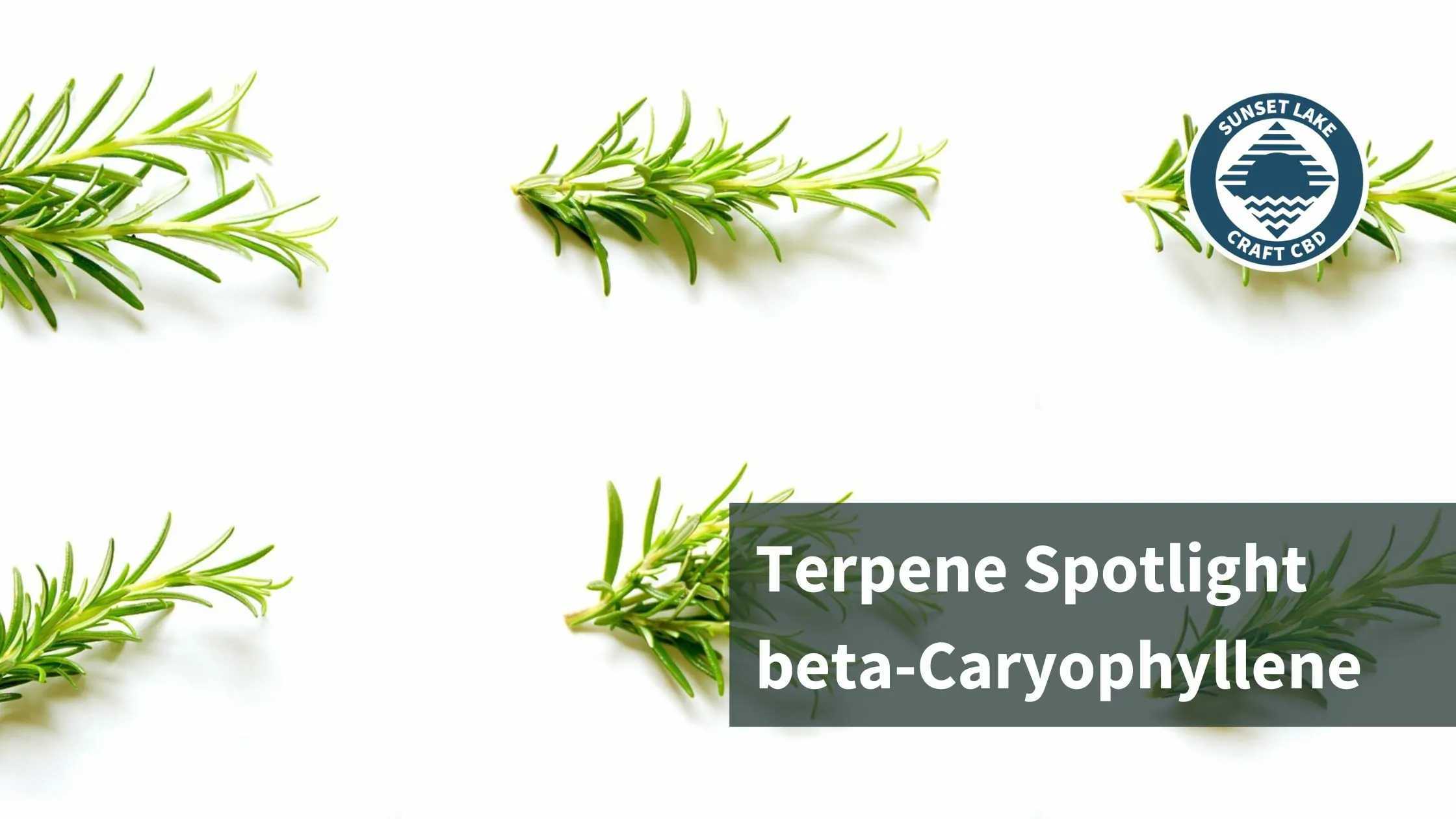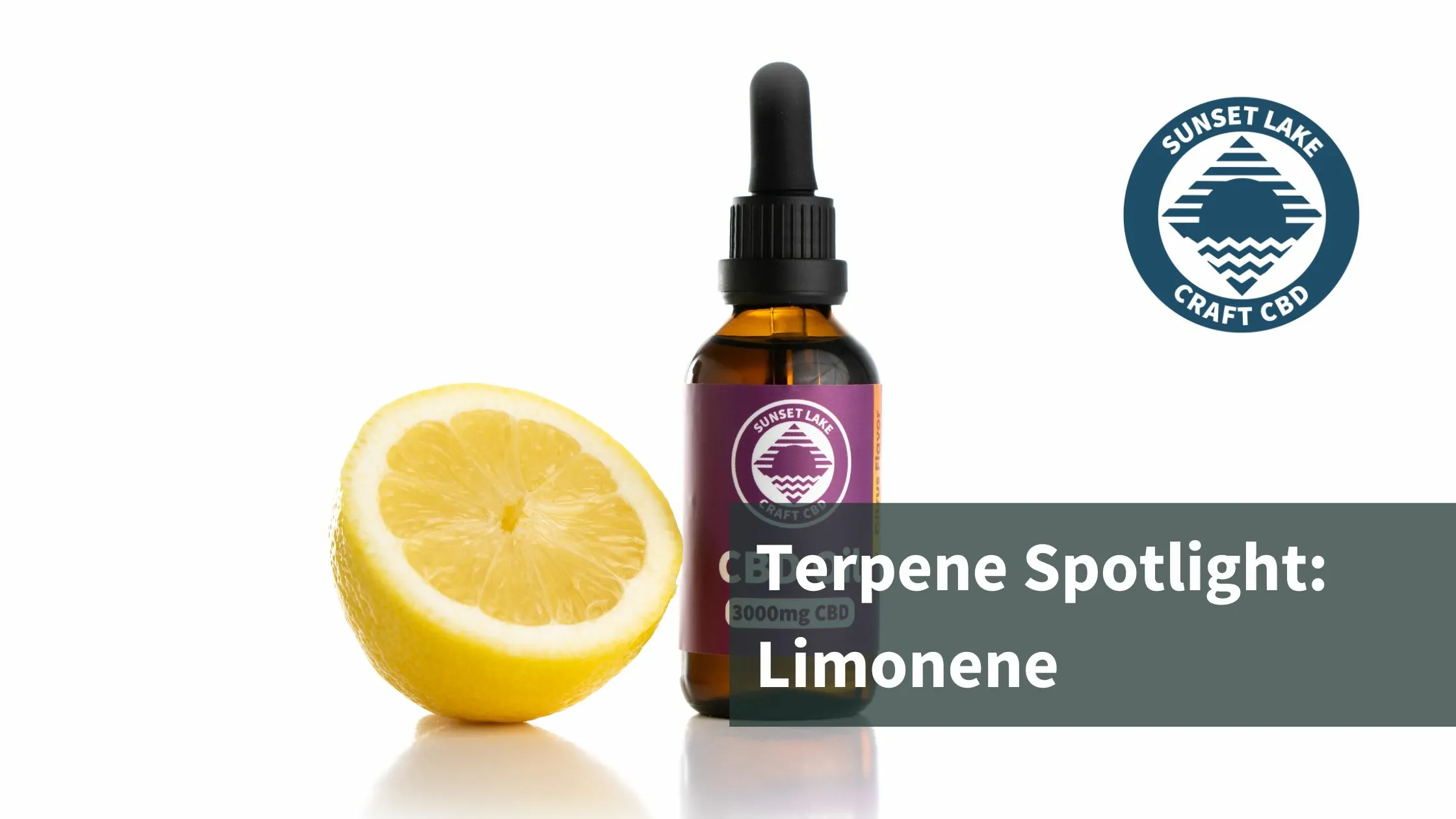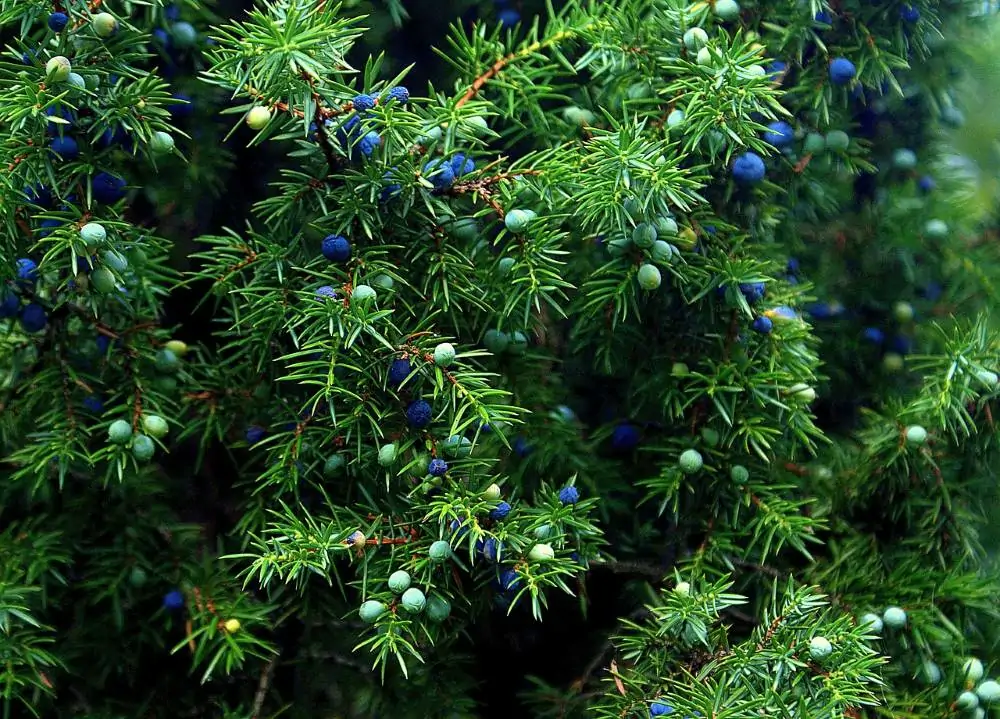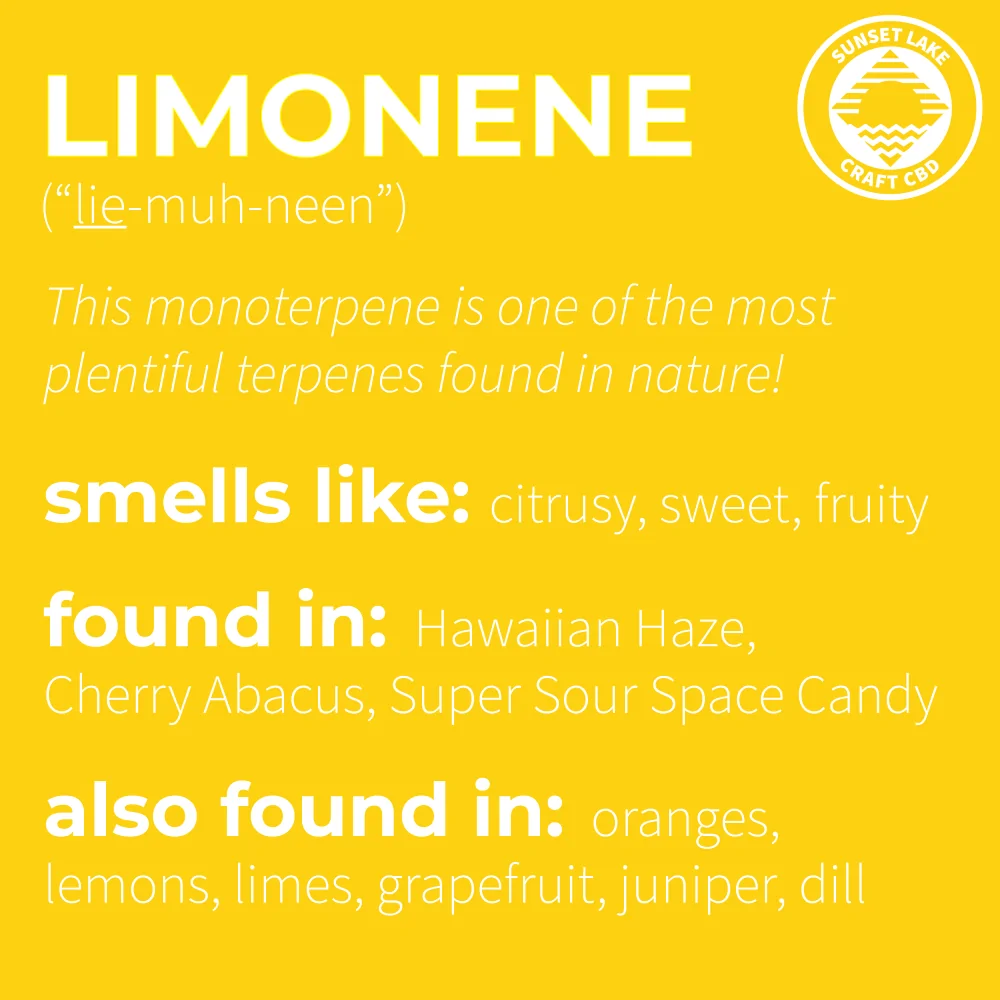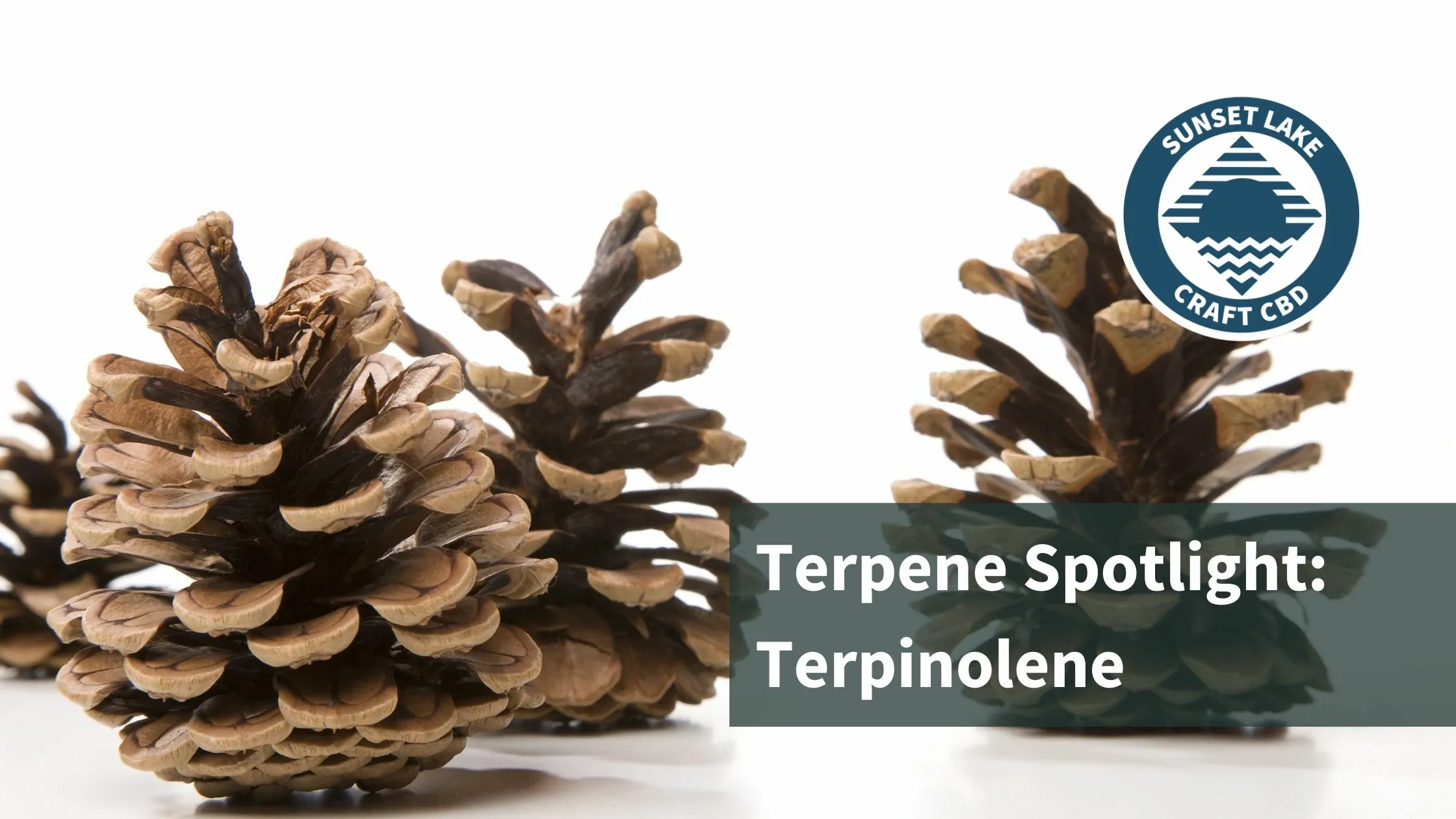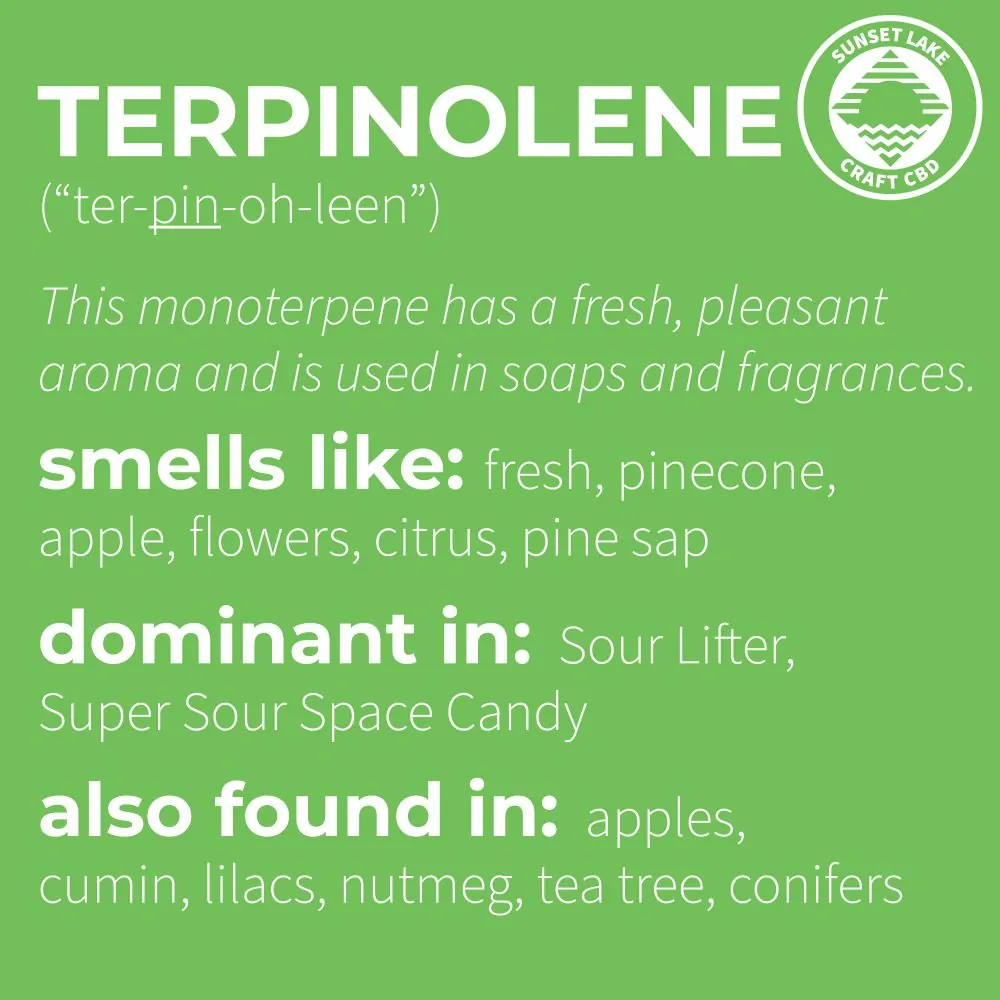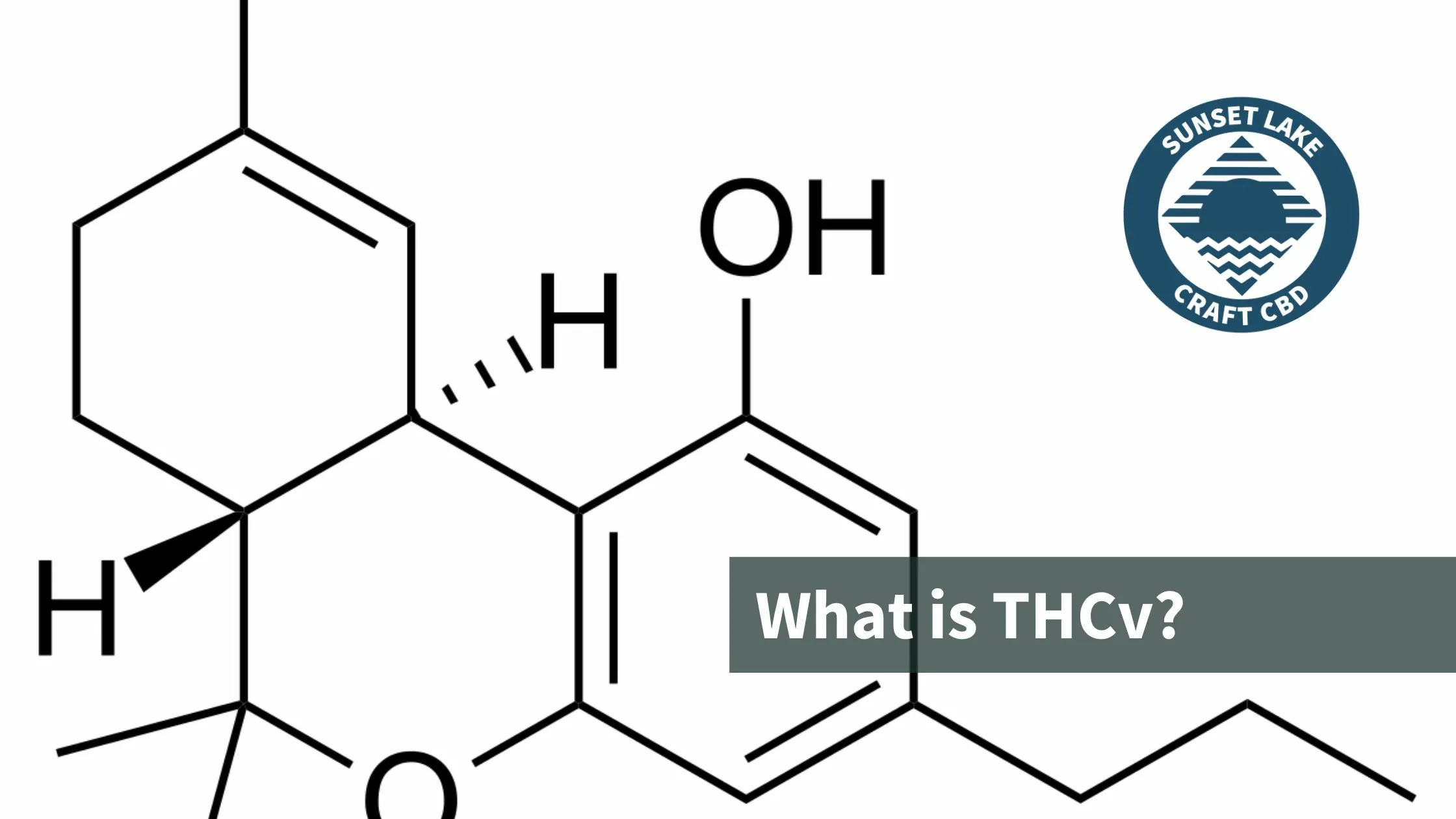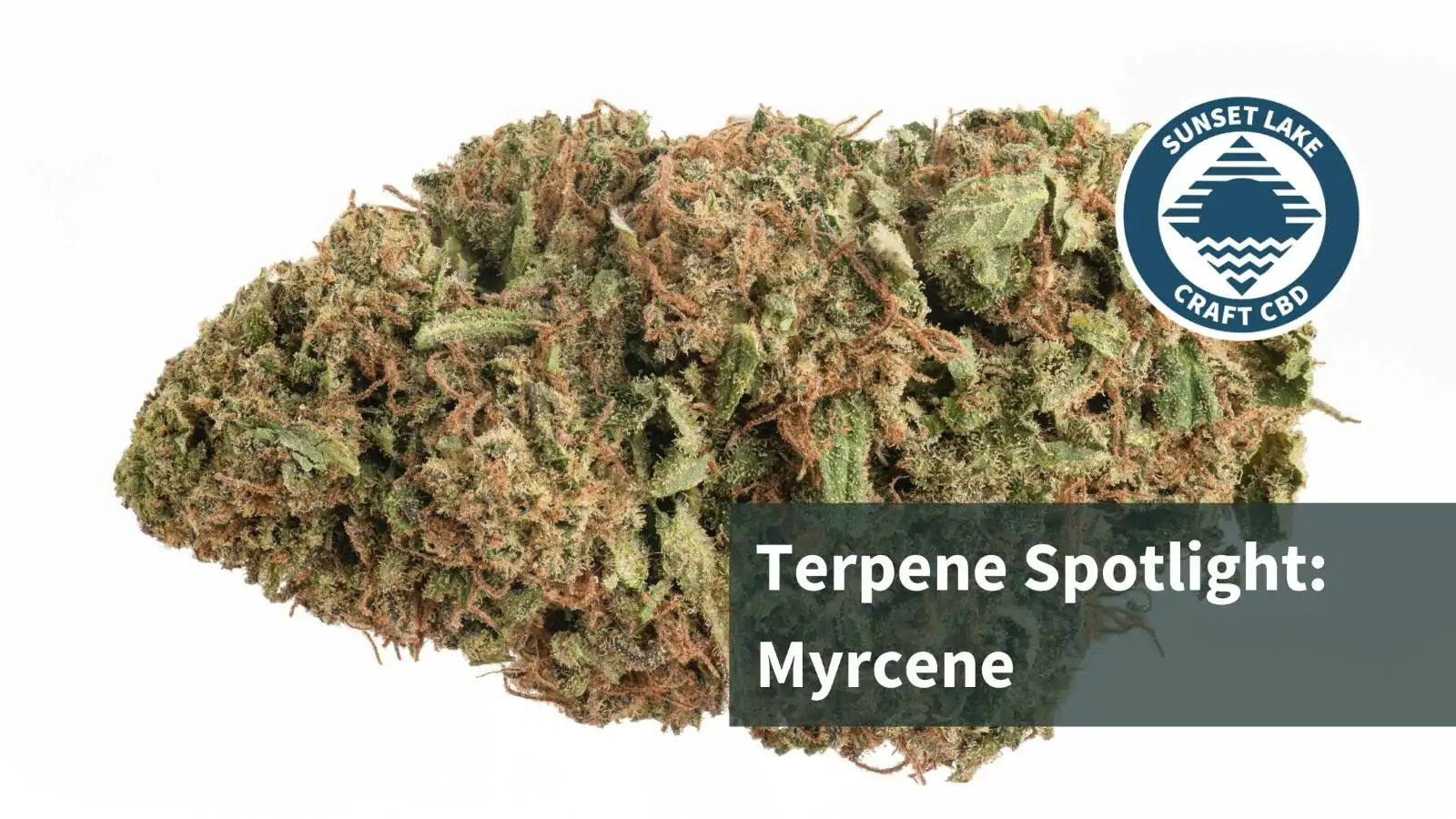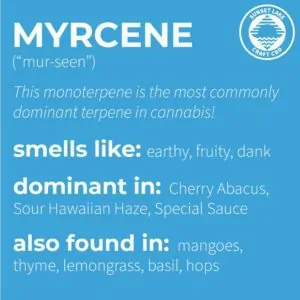Humans have coexisted with hemp for millennia. We are only now beginning to understand all of its chemical constituents. Besides producing more than 100 cannabinoids, hemp also produces between 300-400 terpenes. Among these terpenes, pinene [pie-neen] stands out as the most common terpene found in nature and is one of the most prevalent terpenes in hemp flower. Beyond its ability to add a pleasant aroma to soaps and cosmetics, pinene is being researched for its potential therapeutic applications.
What You Will Learn
In this article, we’ll cover:
- What is
- Where can be found in nature
- The applications for pinene currently being investigated by researchers
What Are Terpenes?
Terpenes are volatile aromatic hydrocarbon compounds composed of isoprene units. The number of isoprene units determines the class of terpene: monoterpenes have two isoprenes; sesquiterpenes have three; and diterpenes have four isoprenes. There are other types of terpenes, but these are the most common classes as they relate to hemp.
Terpenes typically comprise about 1-2% of the weight of a hemp flower. This may seem like a low number compared to CBD contents of 13-17%, but terpenes are powerful, and a little goes a long way.
Terpenes are produced by a wide variety of plants and even some animals. It is believed that plants produce terpenes as a way of attracting beneficial insects and warding off threats. Because terpenes are highly volatile, they contribute a great deal to the aroma of most plants and even some fungi!
Fun Fact: If you’re wondering about which animals produce terpenes, you need not look any further than your own skin! Humans produce squalene as a component of sebum.
Common Terpenes:
- All citrus fruits contain limonene.
- Woody spices, like cinnamon and black pepper, contain beta-caryophyllene.
- Lavender and hops contain linalool.
What Is Pinene?
More accurately, the question should be what are? There are two pinenes found in nature: alpha-pinene (α) and beta-pinene (β). Both are monoterpenes and liquid at room temperature. α-pinene is oil- and ethanol-soluble, but not water-soluble. β-pinene is only oil-soluble. These two isomers are found in different botanical sources, though they often appear together.
Sources of α-Pinene:
- Pine needles
- Cedar
- Dill
- Basil
- Parsley
- Eucalyptus trees
- Orange rinds
- Rosemary
- Conifers
- Hemp
Sources of β-Pinene:
- Pine and conifer trees
- Hemp
- Hops
- Camphorweed
- Cumin
- Big sagebrush
- Primary component of turpentine
Pinene has a woody, herbal, piney aroma. According to Ganjier, a cannabis sommelier certification program, pinene is the dominant terpene in about 7% of all cannabis cultivars.
What Is Pinene Used For?
You will commonly find pinene as a flavor and fragrance additive in foods, soaps, cosmetics, and insect repellents.
Historical medical texts indicate that α-pinene may reduce the unwanted intoxicating effects of THC. Modern researchers are investigating this claim. Pine nuts and pistachios were commonly prescribed as an antidote to cannabis intoxication.
In Japan, there is a practice called shinrin-yoku, or “forest bathing,” which may rely partly on pinene emitted by pine trees. The idea of forest bathing is not a new one, but in recent years it has garnered attention from researchers. Walking in a forest for relaxation may lead to beneficial health effects. Researchers have shown that inhaling the volatile aromatic compounds emitted by pine trees, including pinene, can open up airways (bronchodilation) and lead to a sense of calm.
Although pinene has been used for centuries in folk medicine and aromatherapy, scientific research is still needed to confirm (or debunk) these uses.
Potential Benefits:
Α-Pinene:
- Antimicrobial
- Antibiotic
- Improve memory
- Acne treatment
- Bronchodilator
- Anti-inflammatory
- Anti-anxiety
Β-Pinene:
- Antimicrobial
- Antibiotic
- Improve memory
- Acne treatment
- Bronchodilator
- Anti-inflammatory
Pinene in Hemp Cultivars: A Comparison
To understand the importance of pinene, it’s useful to compare the presence of pinene in various hemp cultivars. Sunset Lake CBD cultivates hemp outdoors, under the sun, which encourages our hemp plants to produce higher concentrations of a wider variety of terpenes compared to hemp grown indoors. We carefully cure our hemp flower to retain as many terpenes as possible and work with third-party laboratories to understand and measure each cultivar’s terpene content. At first glance, these numbers may appear small, but terpenes are potent.
Here are some examples of hemp cultivars rich in pinene:
Hawaiian Haze:
- 0.39% α-Pinene & 0.18% β-Pinene
Cherry Abacus:
- 0.44% α & 0.13% β
Super Sour Space Candy:
- 0.24% α & 0.14% β
Candy Kush:
- 0.21% α & 0.13% β
Suver Haze:
- 0.09% α & 0.05% β
Lifter:
- 0.09% α & 0.05% β
Sour Suver Haze:
- 0.06% α & 0.1% β
Sour Lifter:
- 0.04% α & 0.07% β
Note: the percentage of terpenes is reported on a by-weight basis.
Research on Pinene Compared to Competitors
When comparing our findings with other leading CBD companies, it’s evident that Sunset Lake CBD’s commitment to quality and transparency sets us apart. Other companies may not provide as detailed terpene profiles, or their cultivation methods may not encourage the same diversity and concentration of terpenes. By growing hemp outdoors and using careful curing processes, we ensure our products retain a rich terpene profile, offering enhanced benefits to our customers.
For example, competitors might report lower terpene concentrations due to indoor growing conditions or less rigorous testing methods. By investing in third-party lab testing and showcasing our terpene content, we provide consumers with a clear understanding of what they’re getting in each product.
The Future of Research
While pinene’s traditional uses are well-documented, ongoing research continues to uncover new potential benefits. Scientists are exploring pinene’s role in reducing inflammation, enhancing cognitive function, and even its potential anti-cancer properties. These studies are crucial in validating the anecdotal evidence and expanding our understanding of pinene’s full therapeutic potential.
Moreover, as the legal landscape around cannabis and hemp evolves, more research opportunities will likely emerge. This could lead to the development of new products specifically designed to harness the benefits, from dietary supplements to specialized skincare products.
Conclusion
Pinene is a fascinating and versatile terpene with a wide range of potential benefits. From its presence in common herbs and spices to its therapeutic applications in modern medicine, pinene is a testament to the power of natural compounds. At Sunset Lake CBD, we are proud to offer hemp cultivars rich in pinene, grown with care to maximize their beneficial properties. For more information Visit Sunset Lake CBD.
FAQs
What is pinene?
- It is a common terpene found in nature, particularly in hemp, pine needles, and various herbs. It is known for its woody, herbal aroma and potential therapeutic benefits.
Where can I find pinene?
- It is found in many plants, including pine needles, cedar, dill, basil, parsley, eucalyptus trees, orange rinds, rosemary, conifers, and hemp. It is also present in hops and some spices like cumin.
What are the benefits of pinene?
- Potential benefits include antimicrobial, antibiotic, memory improvement, acne treatment, bronchodilation, anti-inflammatory, and anti-anxiety properties.
How is pinene used in everyday products?
- It is commonly used as a flavor and fragrance additive in foods, soaps, cosmetics, and insect repellents due to its pleasant aroma and potential therapeutic effects.
What are the differences between α-pinene and β-pinene?
- α-Pinene is oil- and ethanol-soluble and abundant in pine needles, cedar, and herbs like basil and rosemary. β-Pinene is only oil-soluble and found in pine and conifer trees, as well as in hops and cumin. Both have similar properties but vary in their solubility and sources.

